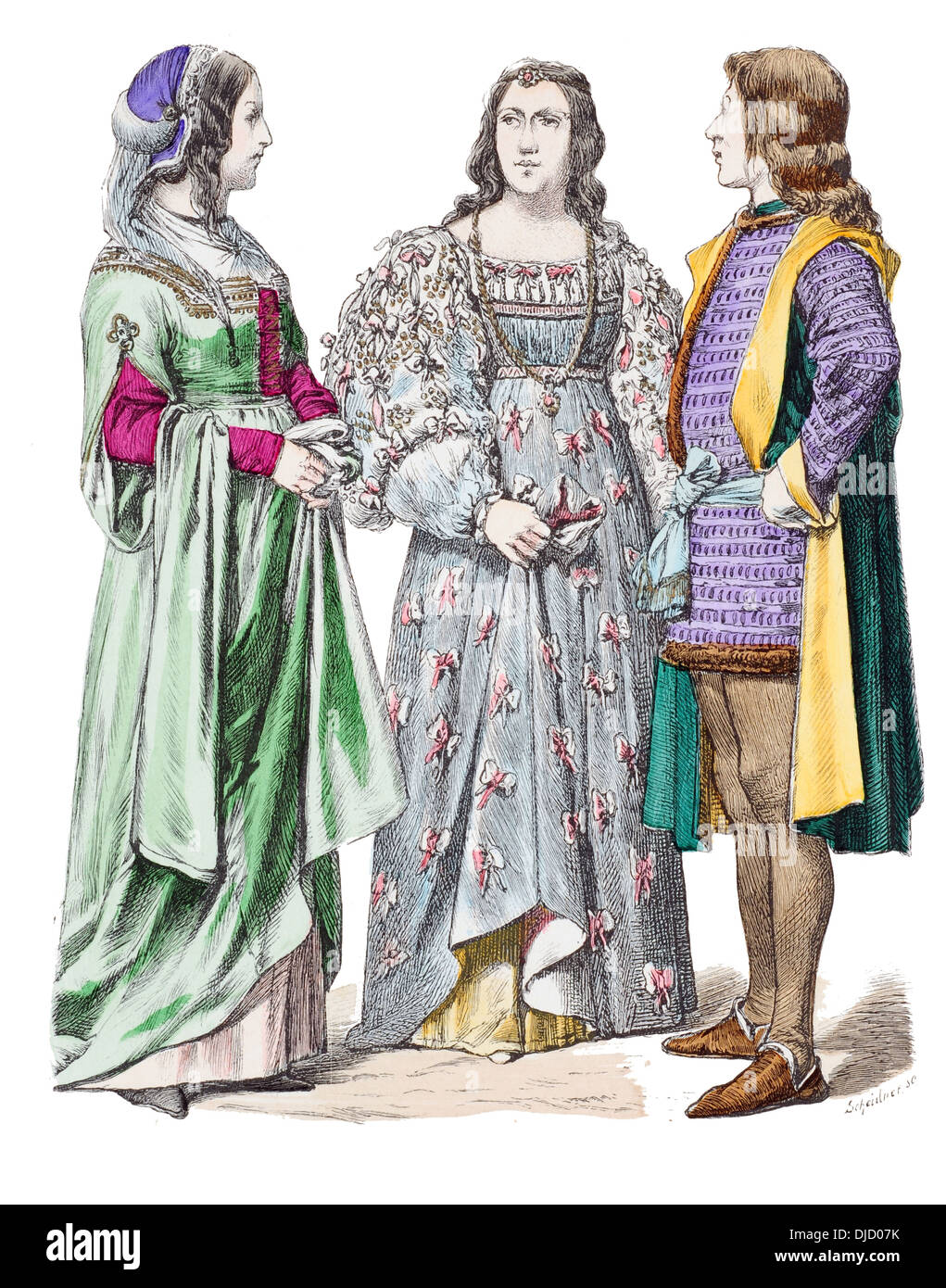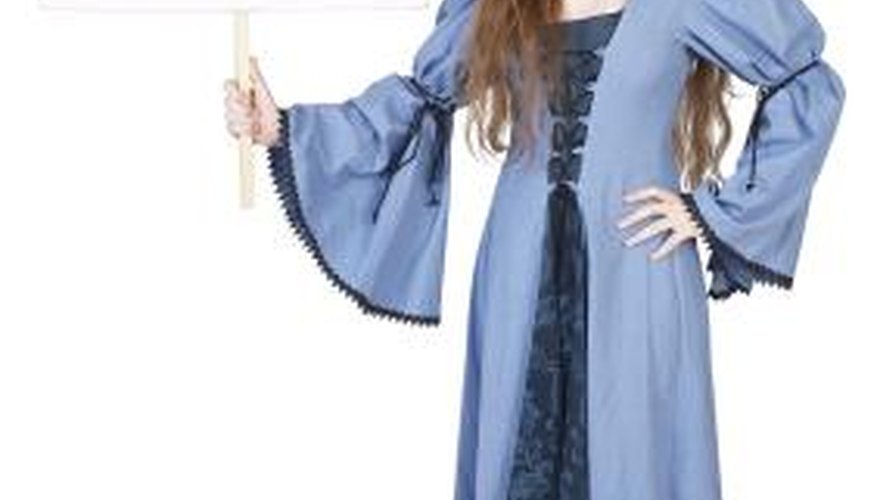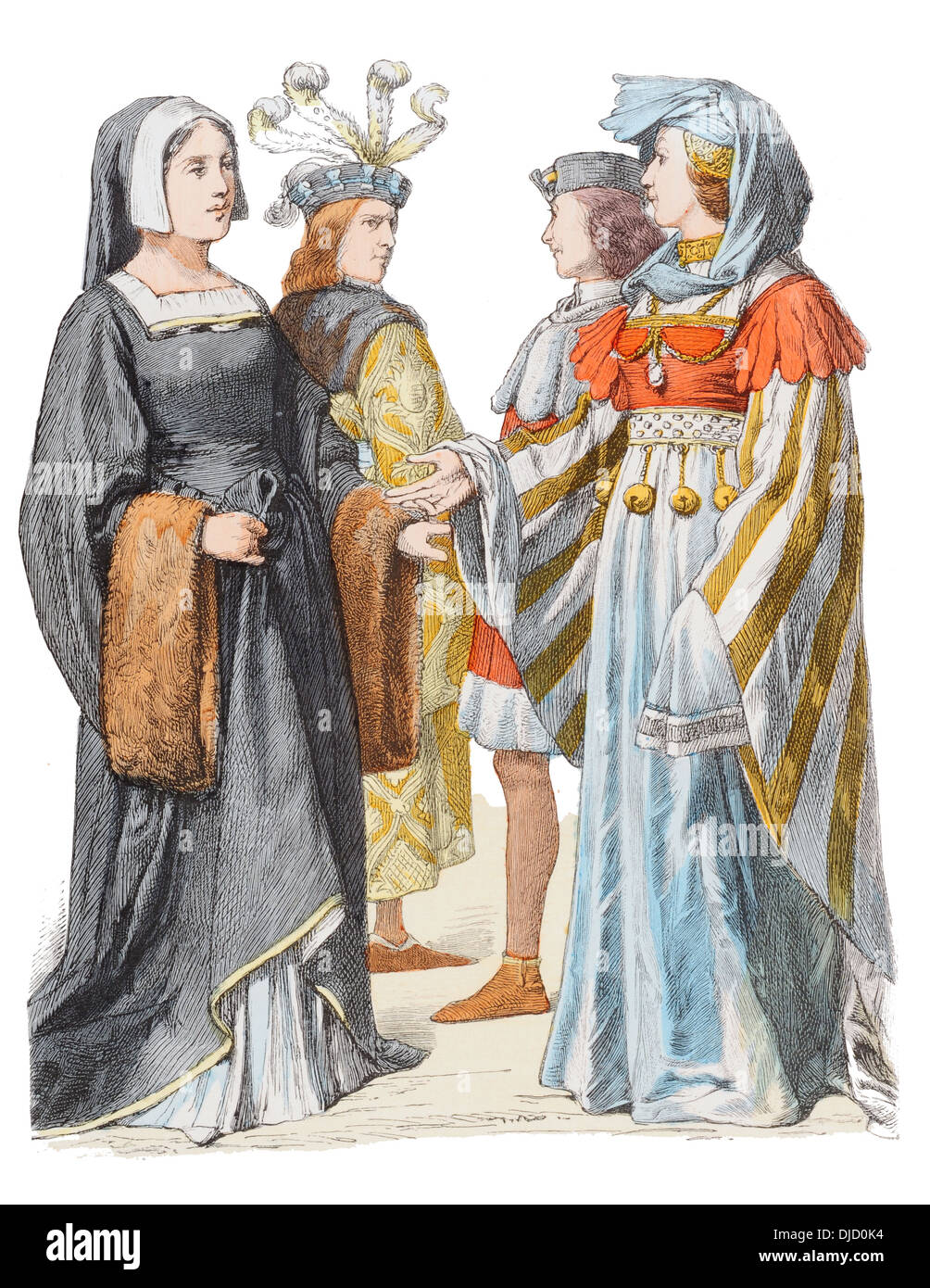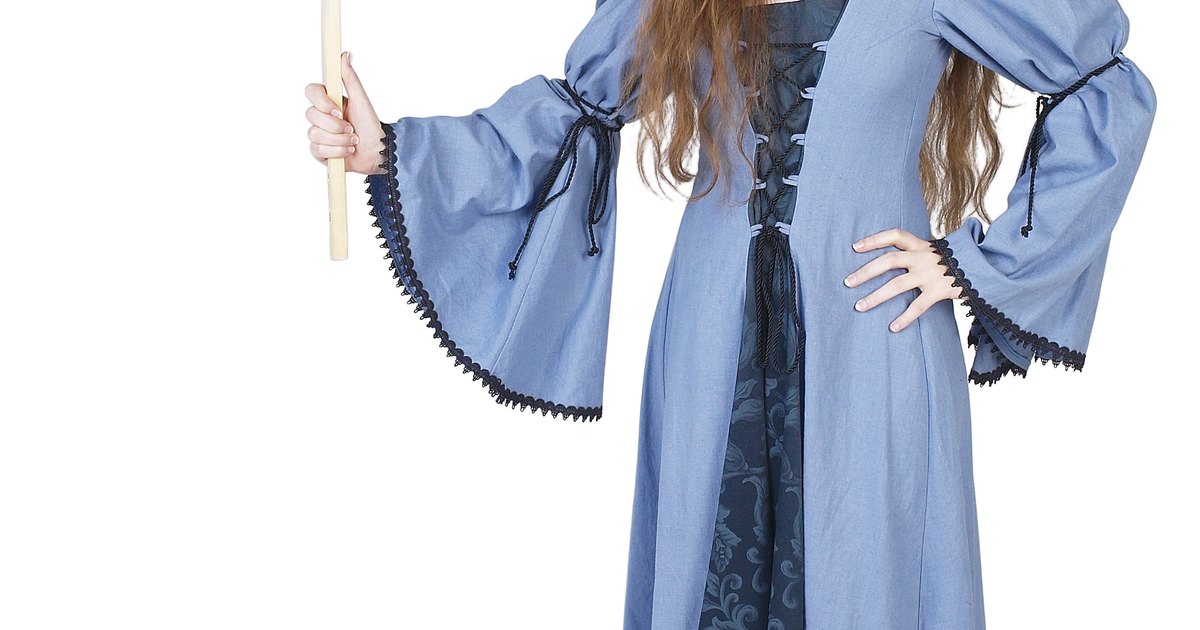Ace Info About 1400s Women's Hairstyles

You can recognize the hairstyle with a distinctive conical knot.
1400s women's hairstyles. Women also had their unique gothic hairstyles that were characterized by long, flowing hair, often in. Plaited and braided hairstyles were extremely popular during the medieval period for women of all ages and all classes. Today, the word “pompadour” is most closely associated with the men’s hairstyle bearing that.
The prominence of these styles isn’t just a modern fascination; 1800s hairstyles for women curly victorian pompadour. Shown at right is a detail from a painting the nativity.
Women of the merchant classes in northern europe wore modified versions of courtly hairstyles, with coifs or caps, veils, and wimples of crisp linen (often with. Styles in dress and hair grew in. This was a known female.
The hennin, as this style is now known, came into fashion among aristocratic women in france, europe and other european kingdoms in the 1400s. Italian women’s attire and hairstyle from the 1500s. Both had a common foundation in the.
Many of the best hairstyles for women were born in the 1900s. During the late middle ages, coiled buns were introduced which were used. Here is a fun look at 100 years of women's hairstyles and how they changed.
The renaissance lasted from about 1400 into the early 1600s. Women’s most important accessories were headdresses, which were of two main types, the bourrelet and the wired veil. Gothic hairstyles were not limited to men only.
As was the was case for many women, the working class ladies often wore bonnets instead of the more delicate items mentioned above. This period covers the tudor and elizabethan eras in britain. Women's styles during the renaissance.
Historical artworks, like the painting “the nativity” from the 1400s, beautifully capture their. During the early 7th century c.e., japanese noblewomen wore their hair very high and.


















